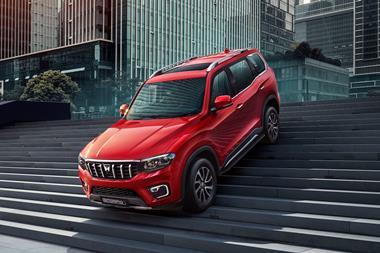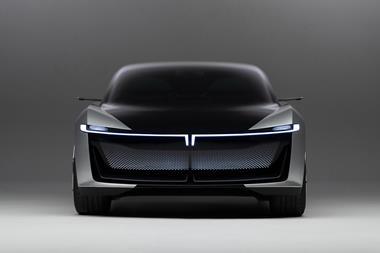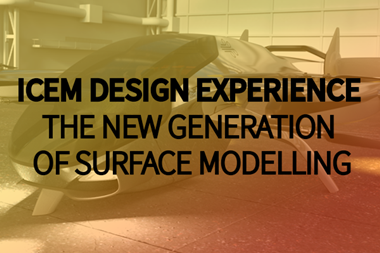What is the future of clay modelling?
By Freddie Holmes2022-08-08T09:21:00
Designers from Mazda, Audi, Mahindra and Karma give their take on the outlook for clay modelling as digital tools begin to play a larger role
Clay modelling has been at the forefront of automotive design for decades. Spearheaded by the brains at General Motors during the 1930s and quickly adapted by other major automakers, the process has enabled designers to create, refine and showcase physical models in new ways.
The art of sculpting malleable clay might have evolved over the years, adopting highly accurate milling machines and often moving away from full-scale modes, but the basics remain the same. Hand tools are used to shave, slice and smooth different surfaces just as they did nearly a century ago. And crucially, clay modelling’s place in the design process is unflinching despite advances in digital tools.
“As designers, we want to integrate the best of both worlds,” says Andreas Feussner, head of modelling at Mazda Europe.






















